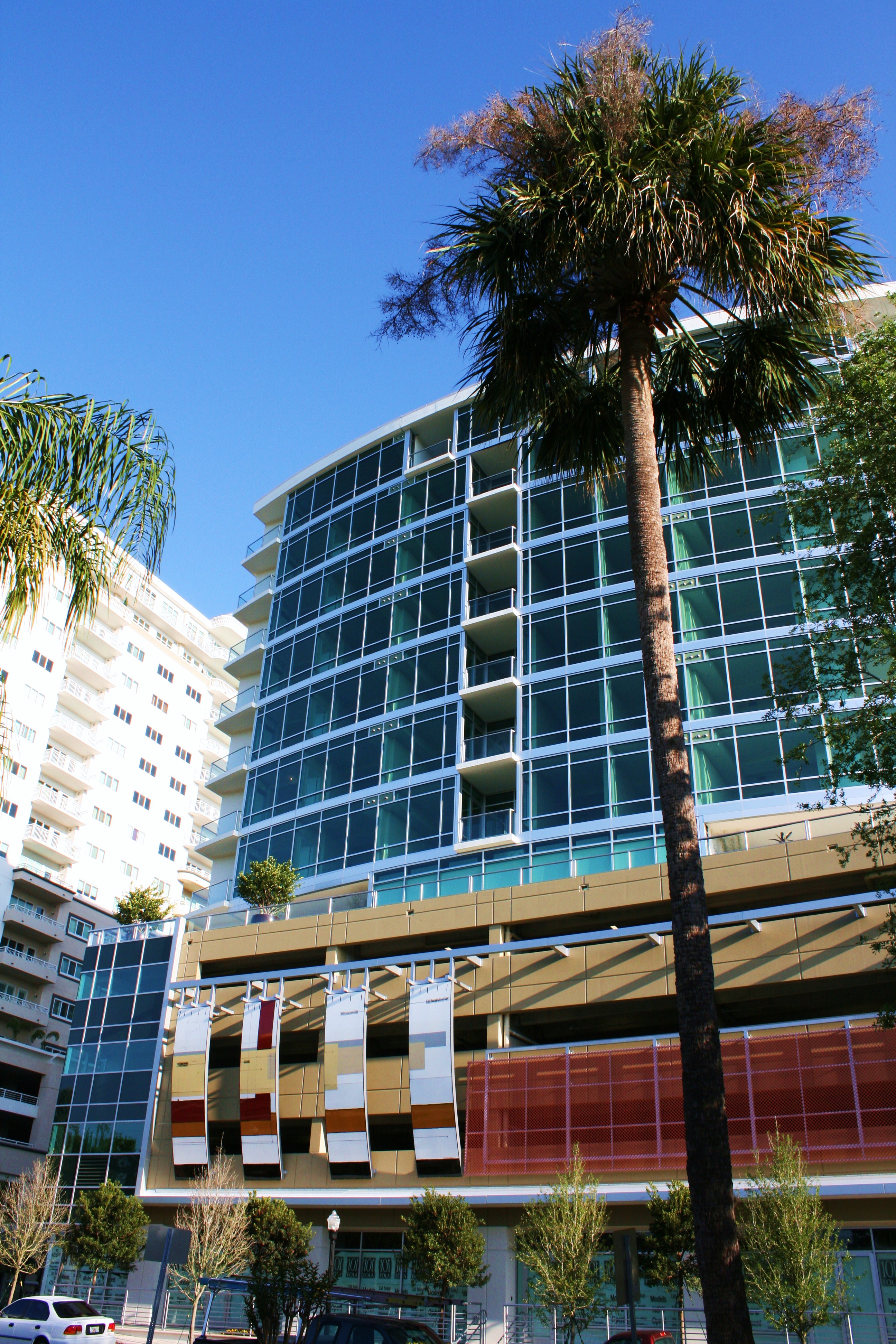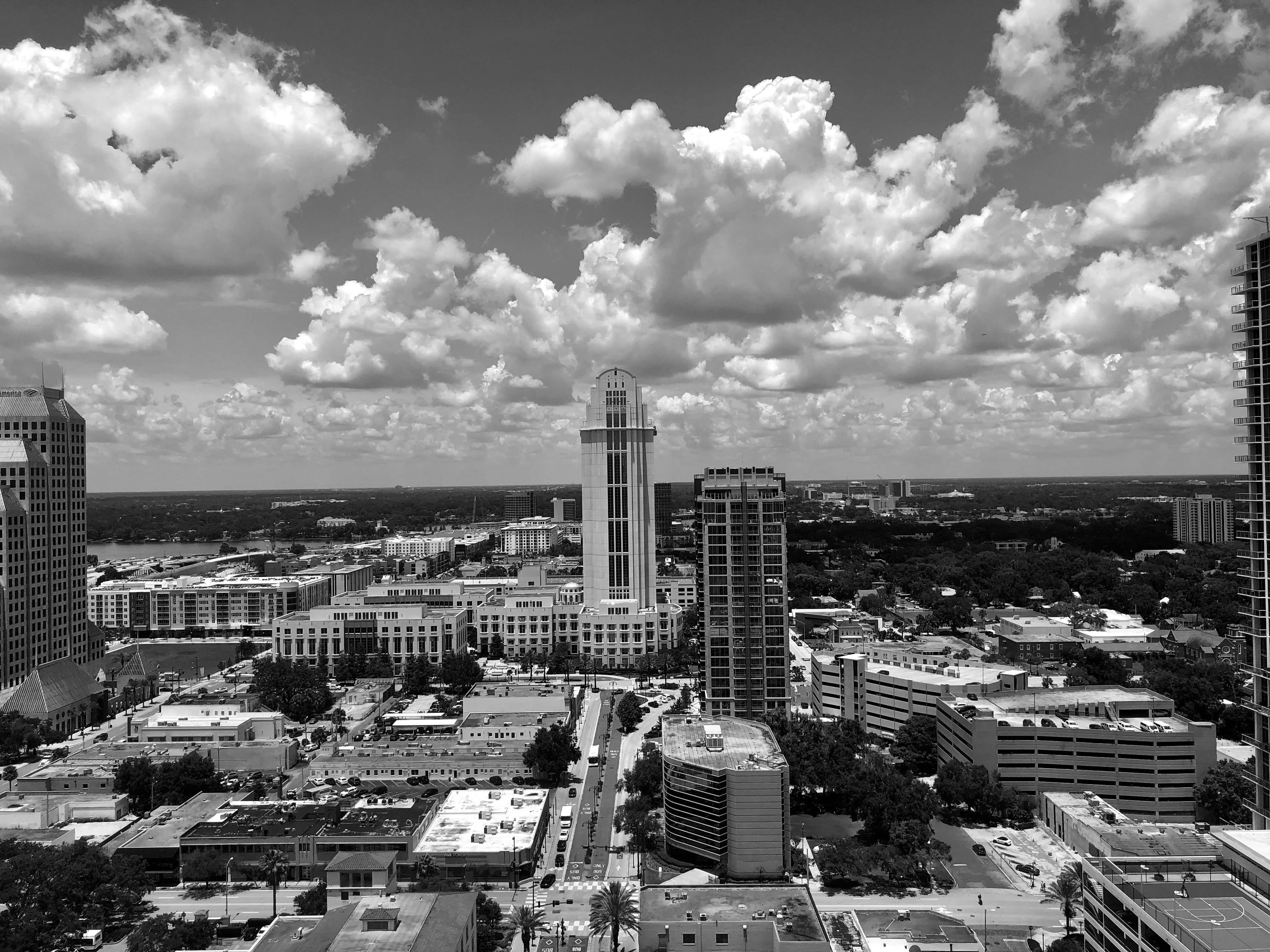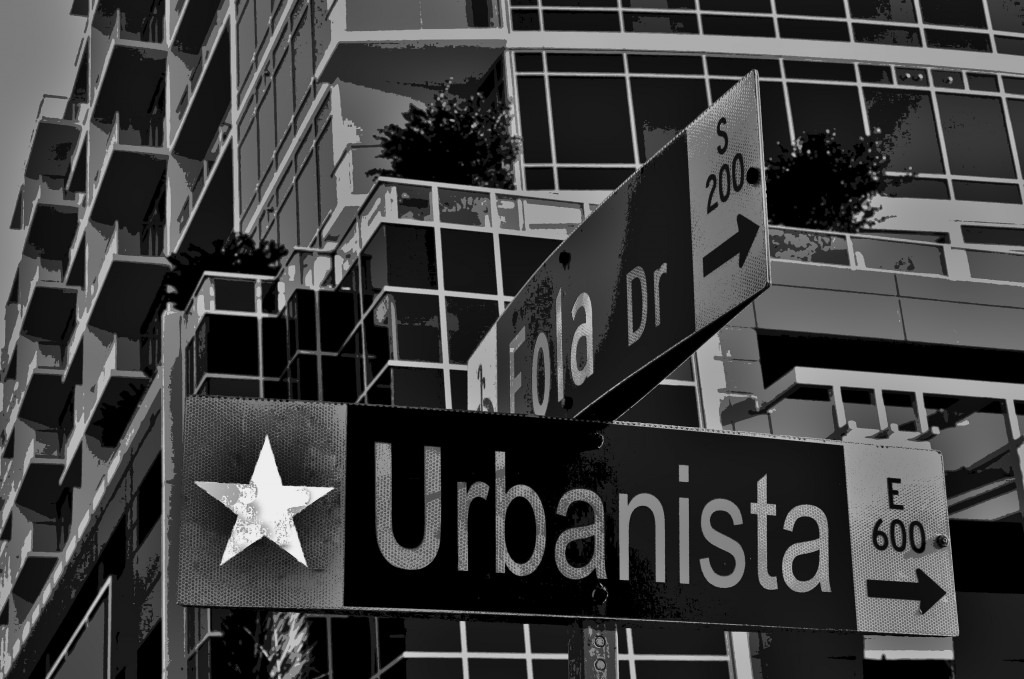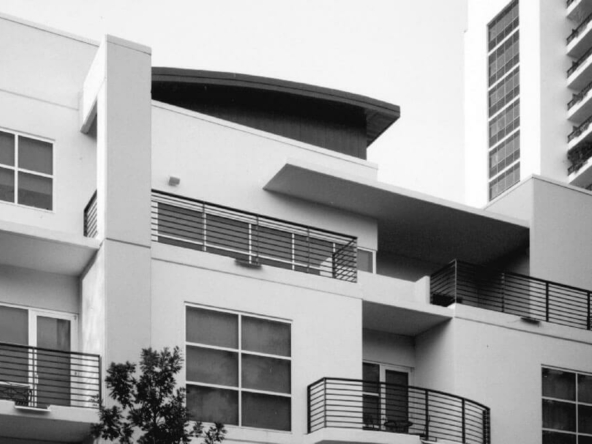The rapid run-up in housing prices the past year has ignited talk of another housing “bubble,” but only a few markets are at risk — so far, experts say.
U.S. home prices rose 10.9% in the 12 months ending in March for their largest annual gain in seven years, according to the latest Standard & Poor’s Case-Shiller index released Tuesday.
Even with that rise, home prices are about 28% off their 2006 peaks, Case-Shiller says.
“There’s zero case to be made that we’re in a housing bubble,” says John Burns, CEO of Burns Real Estate Consulting.
Median U.S. housing prices are normally 3.25 times the median household incomes, based on 25 years of data, Burns says.
As of April, national home prices were about 3.2 times median incomes, he says.
Some markets are “starting to look bubble-ish,” though, namely San Francisco and Orange County, Calif., Burns says.
In March, San Francisco prices were up more than 22% year-over-year, according to Case-Shiller.
Historically, median home prices in San Francisco are eight times the median household incomes, Burns says. They’re now 10 times larger.
Orange County prices, as of April, were 7.5 times the median incomes. That compares with the norm of six for that area, Burns says.
Real estate website Trulia has also dubbed those cities as “overvalued” relative to fundamentals, including housing supply, demand and expectations about the future.
Six other markets, out of 100 nationwide, also rate as overvalued, Trulia says. Those are Austin, San Antonio, Los Angeles, San Jose, Houston and Portland, Ore.
On a national basis, though, Trulia says home prices are still 7% undervalued.
In early 2006, right before the collapse of the last housing bubble, prices were as much as 39% overvalued, Trulia says.
That makes today’s price gains a rebound, not a new bubble, Trulia says.
The Case-Shiller data show that all 20 cites in the index showed increases on an annual basis for at least three consecutive months.
Leading the way in March were Phoenix and San Francisco, up 22% for the year. Las Vegas was up almost 21%. Miami and Tampa were softer with annual gains of almost 11% and almost 12%.
Even the weakest annual price gains were “substantial,” said David Blitzer, chairman of the index committee.
New York was up 2.6%; Cleveland, up almost 5%; and Boston, up 6.7%.
The pace of home price gains is expected to slow as more inventory becomes available, mortgage interest rates rise and investor buyers slow down purchases, says Jed Kolko, Trulia’s chief economist.
Today’s low mortgage interest rates and tight supply of homes for sale are “creating a kind of witch’s brew of extreme price spikes,” says Stan Humphries, Zillow chief economist.
The fast appreciation is not an immediate problem in areas such as Phoenix and Las Vegas, which experienced huge price declines and are still very affordable, he says.
But he’s also concerned about bubble-like conditions in the San Francisco Bay Area, Orange County and San Diego.
Shoppers who plan to stay in homes longer than five years face less risk of buying into a bubble that’ll pop and hurt them, Humphries says. That’s because mortgage rates are still so low that buying is still often a good choice.
For buyers looking to stay a shorter period, the purchase decision in those heated markets gets riskier, he says.
In April, the supply of existing homes for sale grew to 5.2 months, up from 4.7 months in March, the National Association of Realtors says.
That means all the homes would sell in that time frame if no new supply were added. Realtors consider a six-month supply to be a balanced market between buyers and sellers.
Mortgage interest rates have risen for three weeks, landing at an average of 3.59% for a 30-year, fixed-rate loan as of Thursday, Freddie Mac says.




